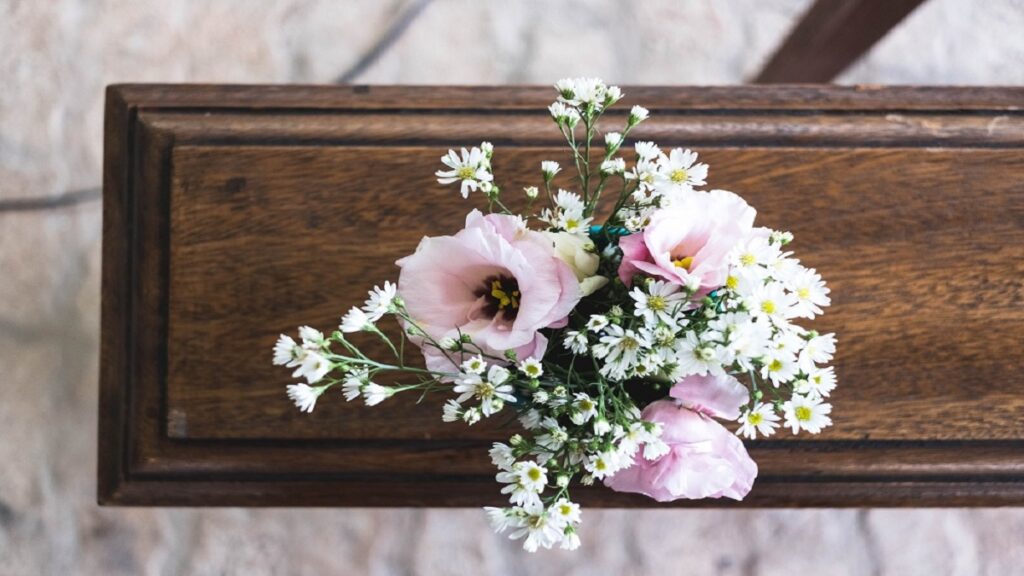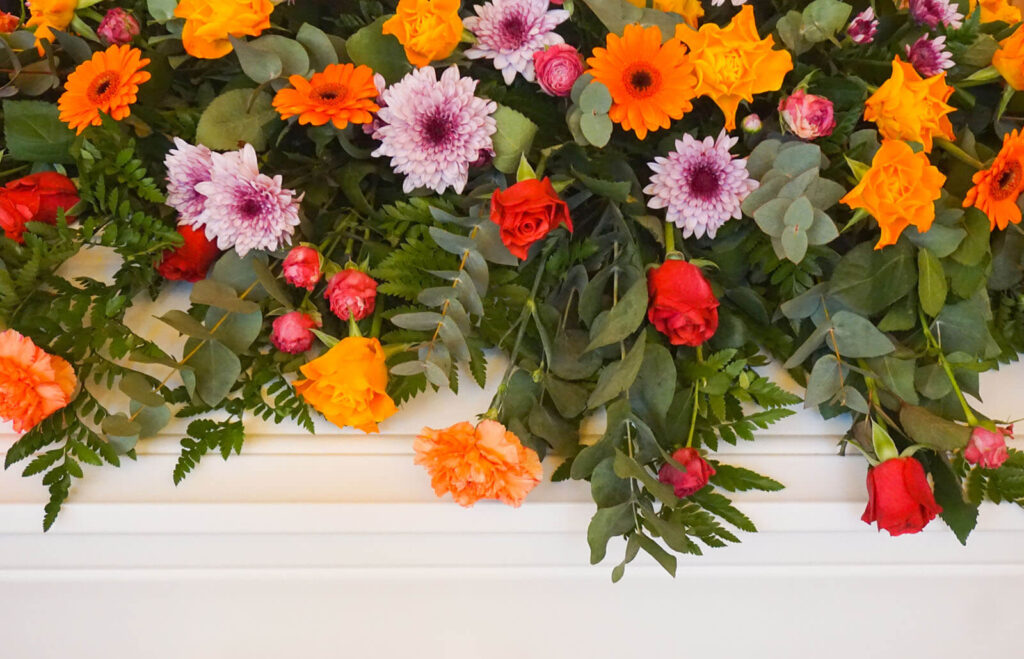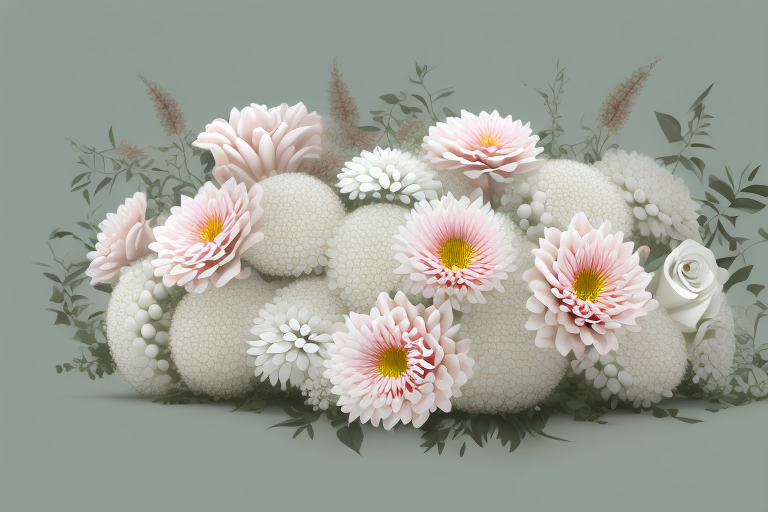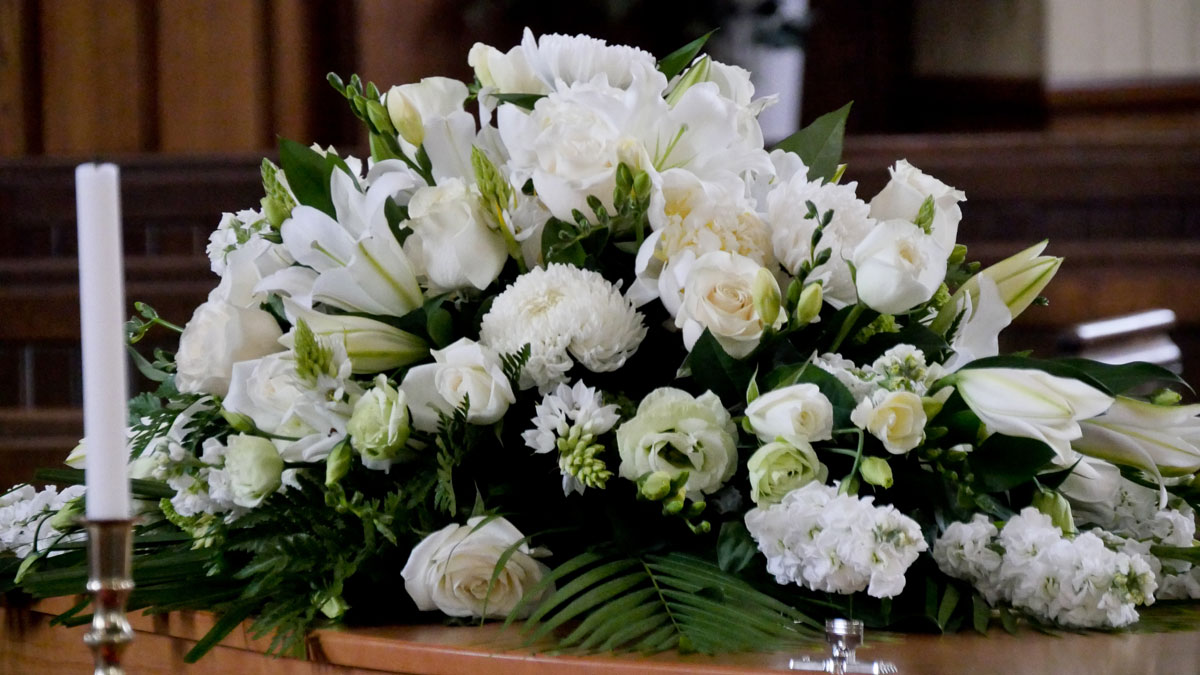Expressing Sympathy with Elegance: A Guide to Thoughtful Funeral Flowers
Losing a loved one is never easy, and expressing condolences can be challenging. One way to show support and convey heartfelt sympathy is through the thoughtful gift of funeral flowers. These beautiful arrangements have long been a traditional way to honor the deceased and provide comfort to grieving family members. In this guide, we will explore the language of flowers, learn about the history and symbolism behind funeral flowers, and discover how to choose and arrange them with respect and elegance. We will also discuss the etiquette for sending funeral flowers and explore ways to preserve them as meaningful mementos.
The History of Funeral Flowers
The practice of adorning graves and funeral sites with flowers dates back centuries. In ancient civilizations, such as Egypt and Greece, flowers were believed to provide comfort and guide the souls of the departed into the afterlife. It was believed that the scent of flowers would help the souls navigate their journey and find peace in the next realm.
Over time, funeral flowers Sydney became a way for the living to express their grief and pay tribute to the deceased. Different cultures developed their own traditions and customs surrounding funeral flowers. In some cultures, white flowers are commonly used to symbolize purity and offer condolences, while in others, vibrant and colorful blooms are chosen to celebrate the life of the departed.
Symbolism of Different Flowers
Each flower holds its own symbolic meaning, making it essential to choose blooms that align with the sentiments you wish to convey. For example, lilies represent purity and innocence, making them a popular choice for weddings and funerals alike. Their elegant and delicate petals evoke a sense of serenity and peace.
Roses, on the other hand, are known for their association with love and romance. They have been used throughout history to express deep emotions and affection. Red roses, in particular, are a classic symbol of passionate love, while white roses symbolize purity and remembrance.

Other flowers, such as daisies, symbolize innocence and simplicity, while sunflowers represent happiness and vitality. Orchids are often associated with luxury and beauty, while tulips symbolize perfect love and elegance.
Understanding the language of flowers allows you to create more meaningful connections and convey your emotions in a subtle yet powerful way. Whether you are celebrating a joyous occasion or expressing condolences, the careful selection of flowers can add depth and sentiment to your message.
See Also: Creating Comfort with the Perfect Funeral Flower Arrangements
Choosing the Right Funeral Flowers
When selecting funeral flowers, several factors should be taken into consideration. These include the relationship with the deceased, cultural and religious traditions, and personal preferences. By considering these factors, you can choose arrangements that honor the deceased and provide solace to their loved ones.
Funeral flowers play a significant role in paying tribute to the departed and expressing condolences to the grieving family. They serve as a visual representation of love, respect, and support during a difficult time. The right choice of flowers can convey a heartfelt message and provide comfort to those mourning the loss.
One important factor to consider when choosing funeral flowers is the season. Different flowers bloom during different times of the year, and selecting flowers that are in season ensures their freshness and availability. Spring blooms, such as lilies and tulips, symbolize renewal and hope, while autumn flowers like chrysanthemums represent the changing seasons and the cycle of life.
Factors to Consider When Choosing Flowers
There are several factors to consider when selecting funeral flowers. These include the season, color symbolism, and the deceased’s personality and preferences. By taking these factors into account, you can create a personalized tribute that celebrates the life of the departed.
Color symbolism is another important aspect to consider when choosing funeral flowers. Different colors evoke different emotions and meanings. For example, white flowers symbolize purity, innocence, and peace, making them a popular choice for funerals. Red flowers, on the other hand, represent love and respect, while yellow flowers symbolize friendship and joy.
It is also essential to consider the deceased’s personality and preferences. Did they have a favorite flower or a particular color they loved? Incorporating their favorite blooms into the funeral arrangements can add a personal touch and serve as a beautiful reminder of their unique qualities and interests.
Popular Funeral Flowers and Their Meanings
Some flowers have become synonymous with funerals and carry specific meanings that align with the occasion. White chrysanthemums represent sincerity and sympathy, while gladioli symbolize strength and moral integrity. Roses, with their timeless beauty, can convey love and admiration. Lilies, often associated with funerals, symbolize the restored innocence of the soul and the hope of eternal life.
Other popular choices for funeral flowers include carnations, which symbolize love and remembrance, and orchids, which represent beauty, strength, and eternal love. Each flower carries its own significance, allowing you to choose arrangements that reflect the emotions and sentiments you wish to convey.
When selecting funeral flowers, it is crucial to consult with the funeral director or the family to ensure that your choice aligns with any cultural or religious traditions. Different cultures and religions have specific customs and beliefs regarding funeral flowers, and it is essential to be respectful of these practices.
By carefully considering the factors mentioned above and selecting funeral flowers with thought and care, you can create a meaningful tribute that honors the life of the deceased and provides comfort to their loved ones. Flowers have a unique way of expressing emotions when words fail, and they serve as a lasting reminder of the love and support shared during this difficult time.
Arranging Funeral Flowers with Respect and Elegance
When arranging funeral flowers, it is essential to adhere to certain principles to convey respect and elegance. By following these guidelines, you can create arrangements that bring comfort and solace during a time of grief.
Funeral flower arrangements hold a significant role in honoring and paying tribute to the departed soul. They serve as a visual representation of love, sympathy, and respect. Understanding the basic principles of flower arrangement is crucial in creating displays that not only capture the essence of the deceased but also provide solace to their grieving loved ones.

Basic Principles of Flower Arrangement
Flower arrangements should adhere to certain principles, such as balance, proportion, and harmony. These principles guide the arrangement process and ensure that the final display is visually appealing and emotionally comforting.
Balance is a fundamental principle in floral design. It involves distributing the visual weight of the arrangement evenly, creating a sense of stability and harmony. Achieving balance can be done through symmetrical or asymmetrical arrangements, depending on the desired effect.
Proportion is another crucial aspect to consider. It involves selecting flowers and foliage that are proportionate to the size of the container or space in which they will be displayed. A well-proportioned arrangement creates a sense of harmony and avoids overwhelming or underwhelming the viewer.
Harmony is the overall coherence and unity of the arrangement. It involves selecting flowers, foliage, and other elements that complement each other in color, texture, and form. A harmonious arrangement evokes a sense of peace and tranquility.
Conveying Sympathy Through Arrangement Styles
The style of floral arrangements can also convey different sentiments and emotions. Understanding the symbolism behind different arrangement styles allows you to choose the right one to express your sympathy with grace and elegance.
Wreaths, for example, symbolize eternity and are often placed on gravesites. They consist of a circular arrangement, representing the cycle of life and death. Wreaths are a timeless and traditional choice for funeral tributes.
Standing sprays, on the other hand, offer a tall and elegant tribute. They are typically displayed on easels and provide a prominent focal point during funeral services. Standing sprays convey a sense of grandeur and respect.
Other arrangement styles, such as casket sprays, floral baskets, and sympathy bouquets, offer a range of options to suit individual preferences and cultural traditions. Each style carries its own symbolism and can be customized to reflect the personality and preferences of the departed.
When selecting an arrangement style, it is important to consider the preferences of the deceased and their family, as well as the cultural and religious customs surrounding funerals. By choosing the right style, you can create a floral tribute that not only conveys sympathy but also celebrates the life and legacy of the departed.

Etiquette for Sending Funeral Flowers
Understanding the proper etiquette for sending funeral flowers is crucial to ensure your gesture is received and appreciated. By following these guidelines, you can navigate the sensitive process of sending condolences with respect and thoughtfulness.
When and Where to Send Funeral Flowers
Funeral flowers should typically be sent directly to the funeral home or the location where the memorial service will take place. It is advised to send them in a timely manner, ensuring they arrive before the service to provide comfort to the grieving family.
Writing a Condolence Message with Flowers
Alongside your floral arrangement, it is customary to include a condolence message. This message should be thoughtful and sincere, offering comfort and support to the grieving family. By carefully crafting your message, you can provide solace during a difficult time.
Preserving Funeral Flowers as a Memento
Preserving funeral flowers can serve as a lasting memento of a loved one’s life and the memories shared. By using various preservation techniques, you can keep the beauty and sentiment of the flowers intact for years to come.
Techniques for Flower Preservation
There are several techniques available for preserving funeral flowers, including drying, pressing, and resin encapsulation. Each method offers its unique way of maintaining the flowers’ beauty and allowing them to be cherished for years.
Turning Preserved Flowers into Keepsakes
Preserved funeral flowers can be transformed into meaningful keepsakes, such as framed arrangements, jewelry, or even infused into candles or soaps. These keepsakes offer a tangible reminder of the departed and can bring solace and comfort during times of remembrance.
Expressing sympathy with elegance through thoughtful funeral flowers is a beautiful way to honor the deceased and offer comfort to their loved ones. By understanding the language of flowers, choosing the right blooms, arranging them with respect, and following proper etiquette, you can create meaningful tributes that provide solace during times of grief. Furthermore, preserving funeral flowers allows for lasting memories and mementos that can be cherished for years to come. May these insights and guidelines serve as a guide to help you navigate the sensitive process of expressing sympathy through the eloquence of funeral flowers.


